Short Communication
Volume 1 Issue 2 - 2017
Effect of an Oral Health Lesson on Primary Schoolchildren: A Pilot Study
1Institute of Dentistry, Dean: Prof. Massimo Cordaro. Università Cattolica del Sacro Cuore, Largo Francesco Vito - 00168 Rome, Italy
2Institute of Biochemistry and Clinical Biochemistry, Università Cattolica del Sacro Cuore, Largo Francesco Vito - 00168 Rome, Italy
3Istituto di Chimica del Riconoscimento Molecolare, CNR, Largo Francesco Vito - 00168 Rome, Italy
2Institute of Biochemistry and Clinical Biochemistry, Università Cattolica del Sacro Cuore, Largo Francesco Vito - 00168 Rome, Italy
3Istituto di Chimica del Riconoscimento Molecolare, CNR, Largo Francesco Vito - 00168 Rome, Italy
*Corresponding Author: Giuseppina Nocca,Institute of Biochemistry and Clinical Biochemistry, Università Cattolica del Sacro Cuore,
Largo Francesco Vito, 00168 Rome, Italy.
Received: June 06, 2017; Published: June 17, 2017
Abstract
One of the dental hygienist’s duties is to promote oral health and preventive dentistry in population. Children perform behaviours as desired when they receive positive feedback from significant instructors that have a persuasive position, thus can make important commitments to oral health advancement in the school community. The aim of the present pilot study was to evaluate the children response to an oral health lesson in terms of oral health knowledge in a population of Roman primary schoolchildren. Obtained results showed that the presence of dental hygienist in schools is very important to explain to children proper oral hygiene practices.
Keywords: Oral health; Primary schoolchildren; Pilot study
Abbreviations: Periphery (pe) center (ce)
Introduction
Despite some improvements in oral health in developing and developed countries, oral diseases are still considered as public health problems worldwide. Dental plaque, gingival bleeding, and dental caries are prevalent among schoolchildren around the world. [1] The Ministry of Health of Italy reports a mean DMFT (Decayed, missed, filled, teeth) index count of 0.81 for 4-year-old children; in addition, DMFT counts of 1.09 have been reported at 12 years of age. [2] These counts indicate the need for a major intervention to reduce the burden of oral diseases [3] and to improve oral health among schoolchildren. It has been guessed that oral health can be promoted through education, schools give a perfect setting to advancing oral education as they offer a proficient and powerful approach to reach more than 1 billion kids worldwide and through them, families and group individuals.[4]
Teachers are considered as role models to transmit values of life. It is sometimes critical to assume that their own oral status could be considered an example to follow by students. [5] One of the dental hygienist’s duties, however, is to promote oral health and preventive dentistry in population. Children perform behaviours as desired when they receive positive feedback from significant instructors that have a persuasive position, thus can make important commitments to oral health advancement in the school community. [6]
The aim of the present pilot study was to evaluate the children response to an oral health lesson in terms of oral health knowledge in a population of Roman primary schoolchildren.
Materials and Methods
This pilot study was conducted in 5 elementary schools in the municipality of Rome, 2 in center and 3 in periphery, 200 children (102
males and 98 females) aged 8 to 10 were recruited (Table 1). This study was conducted over a period of 3 months.
| Enrollment N = 200 Male 102; Female 98 |
|||
| Periphery Schools N = 116 | City Center Schools N = 84 | ||
| Control Group N = 54 | Training Group N = 62 | Control Group N = 45 | Training Group N = 42 |
Table 1: Characteristics of schoolchildren.
The first month was devoted to the preparation of questionnaire to obtain the data regarding the practices of all children in oral hygiene. The questionnaire, containing 13 questions, was administered to the all children during the first visit. Thus, in second visit (1 month after the first visit) about 100 children were educated through an interactive lesson with the help of slides and drawings admin-istered by a group of three dental hygienists regarding importance of oral hygiene. Such teaching material (iDentiKit®) was provided by the Ministry of Health. 2 A third visit was made to the respective schools for follow-up examination of all students oral health knowledge and practices. Results are expressed as mean ± Standard Deviation (SD). Pre and post training knowledge scores were compared to assess the effectiveness of oral health using ANOVA-test.
Results and Discussion
Two hundred children (8-10 years of age) in five public schools were included in the study, of these, three in the periphery (pe) of Rome and two in the center (ce) of the town. It is important to not that all the differences observed between “ce” and “pe” are random and are not due to behavioral differences between the two populations.
By the analysis of question 1, regarding the importance of brushing the teeth (the basic principle of oral hygiene), the comparative analysis of the pre and post training shows that all children know that oral hygiene is important (question 1, Figure 1 and table 2), even before the training course.
| Question | Responses | (A) Pre training (Pe) | (B) Control pre training (Pe) | (C) Post training (Pe) | (D) Control post training (Pe) | (E) Pre training (Ce) | (F) Control pre training (Ce) | (G) Post training (Ce) | (H) Control post training (Ce) | p-value |
| 1) Do you think it's important to wash your teeth? | Yes | 95,2 | 100 | 96,8 | 100 | 100 | 100 | 100 | 100 | |
| No | 4,8 | 0 | 3,2 | 0 | 0 | 0 | 0 | 0 |
Table 2: Responses obtained to first question and statistical analysis.
By investigating more thoroughly if the boys wash their teeth after meals, the results obtained show that the children who have followed the course are more assiduous in brushing teeth than others only before going to school (question 2). In fact, observing the answers to questions 3, 4 and 5 it can be seen that the presence of dental hygienists in the school has increased the attention of the children towards oral hygiene (table3/Figures 2,3,4,5 and 6).
| Question | Responses | (A) Pre training (Pe) | (B) Control pre training (Pe) | (C) Post training (Pe) | (D) Control post training (Pe) | (E) Pre training (Ce) | (F) Control pre training (Ce) | (G) Post training (Ce) | (H) Control post training (Ce) | p-value |
| 2) Brush your teeth before going to school? | Yes | 80,6 | 83,0 | 88,7 | 83,0 | 83,3 | 83,3 | 90,5 | 83,3 | |
| No | 4,8 | 16,9 | 0,0 | 0,0 | 2,4 | 14,3 | 0,0 | 2,4 | A vs B ** B vs D *** E vs F** F vs H ** |
|
| Not always | 14,0 | 1,9 | 11,3 | 18,9 | 14,0 | 2,4 | 9,5 | 14,3 | A vs B ** B vs D *** E vs F** F vs H** |
|
| 3) Brush your teeth after eating? | Yes | 37,1 | 54,7 | 54,8 | 54,7 | 42,9 | 45,2 | 54,8 | 47,6 | A vs C *** A vs B *** E vs G *** G vs H ** |
| No | 33,9 | 30,2 | 22,6 | 30,2 | 33,3 | 23,8 | 23,8 | 28,6 | A vs C *** C vs D *** E vs G *** E vs F *** |
|
| not always | 24,2 | 15,1 | 17,7 | 15,1 | 23,8 | 30,9 | 21,4 | 23,8 | A vs C * A vs B *** E vs F ** G vs H** |
|
| Children do not respond | 4,8 | 1,9 | 4,8 | 1,9 | 0 | 0 | 0 | 0 | ||
| 4) Brush your teeth after lunch? | Yes | 5 1,6 |
47,2 | 54,8 | 67,9 | 54,8 | 73,8 | 61,9 | 71,4 | C vs D *** B vs D *** G vs H ** |
| No | 43,5 | 24,5 | 30,6 | 30,2 | 40,5 | 16,70 | 28,6 | 16,7 | A vs C *** A vs B *** E vs G *** G vs H *** |
|
| Not always | 4,8 | 30,2 | 14,5 | 3,8 | 4,8 | 9,5 | 9,5 | 11,9 | A vs C ** A vs B *** C vs D ** B vs D*** |
|
| 5) Brush your teeth after snacking? | Yes | 17,7 | 47,2 | 32,2 | 30,2 | 16,7 | 52,4 | 23,8 | 21,4 | A vs C * A vs B *** B vs D*** E vs F*** F vs H *** |
| No | 62,9 | 54,7 | 45,2 | 60,4 | 61,9 | 47,6 | 52,4 | 66,6 | A vs C *** C vs D *** E vs G* G vs H *** F vs H *** |
|
| Not always | 19,4 | 0,0 | 22,6 | 11,3 | 21,4 | 0,0 | 26,2 | 11,9 | A vs B *** C vs D ** B vs D ** E vs F*** G vs H*** F vs H** |
|
| 6) Brush your teeth after dinner? | Yes | 69,3 | 86,8 | 67,7 | 88,7 | 71,4 | 88,1 | 66,7 | 80,9 | A vs B ** C vs D *** E vs F ** G vs H ** |
| No | 14,5 | 7,5 | 14,5 | 1,9 | 14,3 | 0,0 | 14,3 | 0,0 | C vs D * E vs F ** G vs H ** |
|
| Not always | 16,1 | 7,5 | 17,7 | 11,3 | 14,3 | 11,9 | 19,0 | 19,0 |
Table 3: Responses obtained to the questions 2, 3, 4, 5, 6 and statistical analysis, * p < 0.05; **p < 0.01; ***p < 0.001.
When the questions become more specific, the effects of the course become evident. In fact, after the course, children answer in appropriate way to the questions 7, 8 and 9 ( tables 4 and figures 7,8 and 9).
| Question | Responses | (A) Pre training (Pe) | (B) Control pre training (Pe) | (C) Post training (Pe) | (D) Control post training (Pe) | (E) Pre training (Ce) | (F) Control pre training (Ce) | (G) Post training (Ce) | (H) Control post training (Ce) | p-value |
| 7) Where do you eat, more often, the sweet foods? | At home | 72,5 | 73,5 | 75,8 | 69,8 | 59,5 | 54,7 | 69,0 | 54,7 | A vs.C * E vs G *** G vs H*** |
| At school | 3,2 | 3,7 | 1,6 | 9,4 | 4,7 | 9,5 | 4,7 | 19,0 | C vs D ** G vs H *** F vs H *** |
|
| At home and at school | 16,1 | 18,9 | 14,5 | 16,9 | 23,8 | 23,8 | 14,2 | 14,2 | E vs G*** F vs H*** |
|
| I do not eat sweets | 8 | 5,6 | 8 | 5,6 | 11,9 | 11,9 | 11,9 | 11,9 | ||
| 8) When do you eat sweet foods more often? | After the main meals | 85,5 | 90,6 | 69,4 | 88,6 | 83,3 | 73,8 | 76,2 | 78,6 | A vs C *** C vs D *** E vs F * |
| Along with the main meals | 9,7 | 9,4 | 25,8 | 11,3 | 16,7 | 26,2 | 23,8 | 21,4 | A vs C *** C vs D *** E vs G * |
|
| I do not eat it | 4,8 | 4,8 | 1,9 | 1,9 | 0 | 0 | 0 | 0 | ||
| 9) Where do you drink carbonated beverages most often? | At home | 16,1 | 15,1 | 1,6 | 9,4 | 0 | 9,5 | 0 | 11,9 | A vs C *** C vs D ** B vs D* |
| At a party | 16,1 | 20,8 | 25,8 | 26,4 | 21,4 | 16,7 | 23,8 | 16,7 | A vs C *** B vs D* G vs H ** |
|
| At school | 0,0 | 0 | 1,6 | 0 | 0 | 0 | 0 | 0 | ||
| At home and during parties | 66,1 | 64,1 | 69,3 | 62,2 | 78,6 | 73,8 | 76,2 | 71,4 | C vs D** | |
| At school and at parties | 0,0 | 1,6 | 0,0 | 1,9 | 0 | 0 | 0 | 0 | ||
| I do not drink | 1,6 | 1,9 | 0,0 | 1,9 | 0 | 0 | 0 | 0 |
Table 4: Responses obtained to the questions 7, 8, 9 and statistical analysis * p < 0.05; **p < 0.01; ***p < 0.001
| Question | Responses | (A) Pre training (Pe) | (B) Control pre training (Pe) | (C) Post training (Pe) | (D) Control post training (Pe) | (E) Pre training (Ce) | (F) Control pre training (Ce) | (G) Post training (Ce) | (H) Control post training (Ce) | p-value |
| 10) How many times at week do you drink carbonated drinks? | One time | 35,5 | 33,9 | 37,1 | 50,9 | 26,2 | 23,82 | 26,2 | 38,1 | C vs D *** B vs D*** G vs H *** F vs H*** |
| More than once | 37,1 | 56,6 | 41,9 | 49,1 | 47,6 | 61,9 | 47,6 | 61,9 | A vs B *** C vs D ** B vs D ** E vs F *** G vs H*** |
|
| Everyday | 27,4 | 9,4 | 20,9 | 0,0 | 26,2 | 14,3 | 26,2 | 0,0 | A vs C * A vs B *** C vs D *** B vs D *** E vs F *** G vs H *** F vs H *** |
|
| I do not drink | 0,0 | 1,9 | 0,0 | 1,9 | 0 | 0 | 0 | 0 | ||
| 11) How are the bristles of your toothbrush? | smooth | 14,5 | 13,2 | 16,1 | 9,4 | 19,0 | 11,9 | 11,9 | 9,5 | |
| medium | 50,0 | 60,4 | 62,9 | 81,1 | 57,1 | 52,4 | 71,4 | 85,7 | A vs C ** A vs B* C vs D B vs D E vs G *** G vs H *** F vs H *** |
|
| Tough | 1,6 | 7,5 | 9,7 | 3,8 | 0,0 | 9,5 | 9,5 | 2,4 | A vs C *** A vs B ** B vs D** E vs G* E vs F* |
|
| I do not know | 33,9 | 20,7 | 11,3 | 7,5 | 23,8 | 26,2 | 7,1 | 2,4 |
E vs G** F vs H*** |
|
| 12) How long to brush your teeth? | Less than One Minute | 30,6 | 5,7 | 3,2 | 3,8 | 40,5 | 2,4 | 4,8 | 0,0 |
A vs C *** A vs B *** E vs G*** E vs F *** |
| One minute | 37,1 | 28,3 | 30,6 | 33,9 | 30,9 | 30,9 | 33,3 | 35,7 |
A vs C ** A vs B *** B vs D* |
|
| Two minutes | 19,3 | 0,0 | 54,8 | 56,6 | 14,2 | 40,5 | 57,1 | 54,8 |
A vs C *** A vs B *** B vs D *** E vs G *** E vs F *** F vs H *** |
|
| Three minutes | 8,1 | 13,2 | 4,8 | 3,8 | 14,3 | 11,9 | 2,4 | 4,8 |
B vs D *** E vs G *** F vs H ** |
|
| More than three minutes | 4,8 | 0,0 | 6,4 | 3,8 | 0,0 | 2,4 | 14,3 | 4,8 |
E vs F *** G vs H *** F vs H *** |
|
| 13) How many months do you change your toothbrush? | 3 months | 62,9 | 50,9 | 79,0 | 69,8 | 71,4 | 52,4 | 78,6 | 78,6 |
A vs C ** A vs B* B vs D *** F vs H *** |
| More than three months | 37,1 | 50,9 | 20,9 | 32,1 | 28,6 | 47,6 | 21,4 | 21,4 |
A vs C ** A vs B ** C vs D* B vs D *** F vs H *** E vs F *** F vs H *** |
Table 4: Responses obtained to the questions 10, 11, 12, 13 and statistical analysis.analysis* p < 0.05; **p < 0.01; ***p < 0.01.
Conclusion
The results obtained in the present pilot study have shown that elementary school children clearly understand the importance of oral hygiene, but a high percentage of them do not practice it in the daily life. Therefore, the presence of dental hygienist in schools is very important to explain to children proper oral hygiene practices.
References
- Petersen PE. “The World Oral Health Report 2003: continuous improvement of oral health in the 21st century–the approach of the WHO Global Oral Health Programme”. Community Dent Oral Epidemiol 31 (Suppl 1) (2003): 3-23.
- National guidelines for the promotion of oral health and prevention of oral diseases in children. Update November 2013. Ministry of Health.
- Patini R., et al. “Clinical evaluation of the efficacy of Perioscan® on plaque-induced gingivitis in pediatric age”. Senses Sci 2.3 (2015): 98-103.
- Prabhu S., et al. “Oral health education for improving oral health status of school children - a systematic review”. Journal of Dental and Medical Sciences 14.2 (2015): 101-106.
- Sekhar V., et al. “Knowledge, attitude and practice of school teachers towards oral health in Pondicherry”. Journal of Clinical and Diagnostic Research 8.8 (2014): ZC12-15.
- Jain S., et al. “Effect of Training School Teachers on Oral Hygiene Status of 8-10 Years Old Government School Children of Udaipur City, India”. Journal of Clinical and Diagnostic Research10.8 (2016): ZC95-99.
Citation:
Romeo Patini., et al. “Effect of an Oral Health Lesson on Primary Schoolchildren: A Pilot Study”. Oral Health and Dentistry
1.2 (2017): 136-146.
Copyright: © 2017 Romeo Patini., et al. This is an open-access article distributed under the terms of the Creative Commons Attribution License, which permits unrestricted use, distribution, and reproduction in any medium, provided the original author and source are credited.

















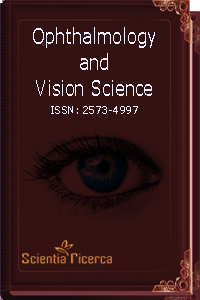
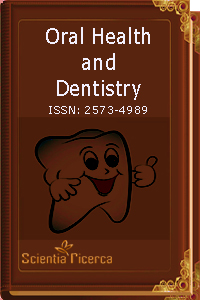
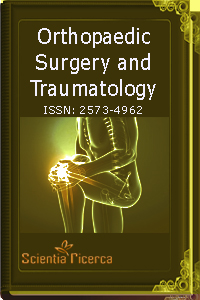

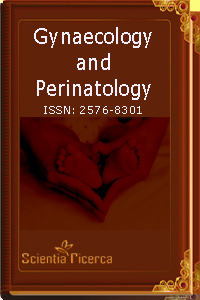
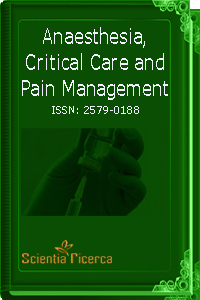
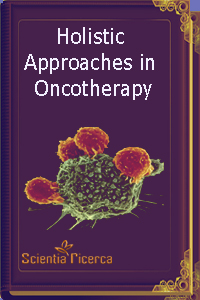
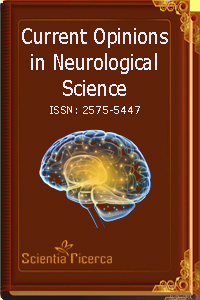
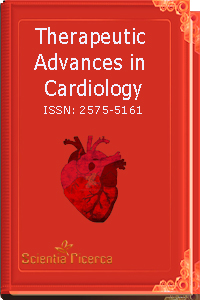

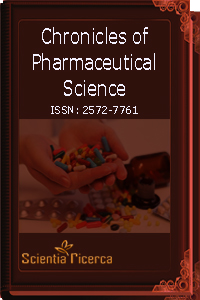

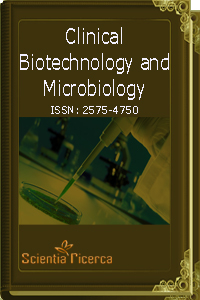
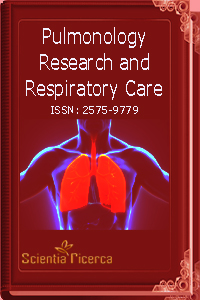
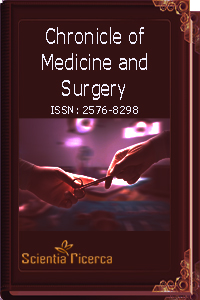


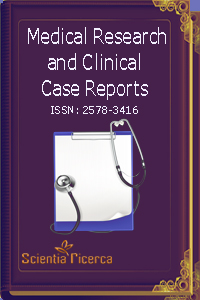
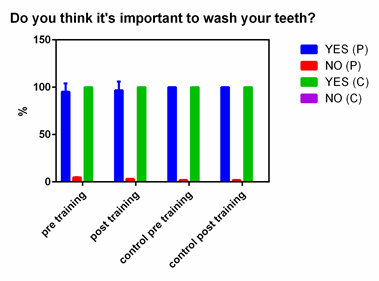
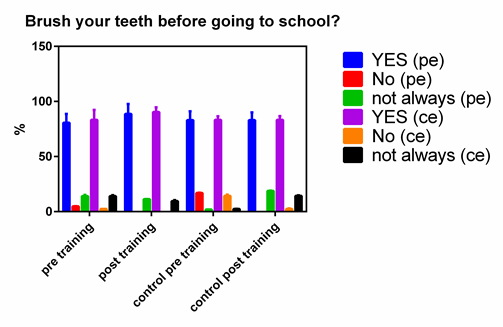
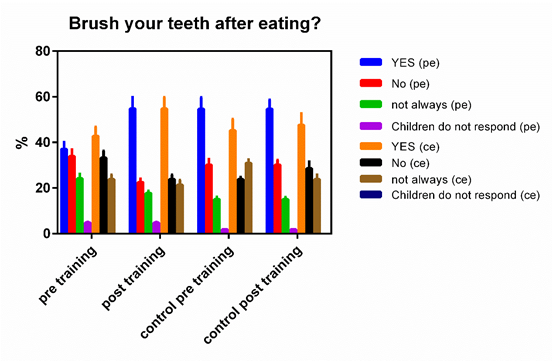
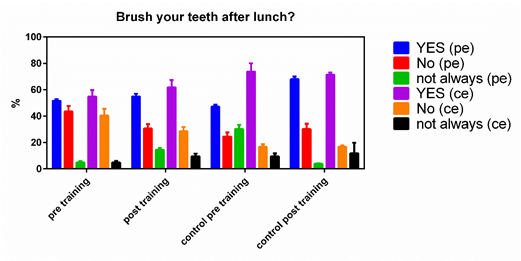
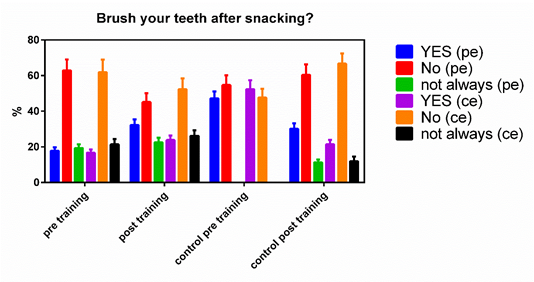
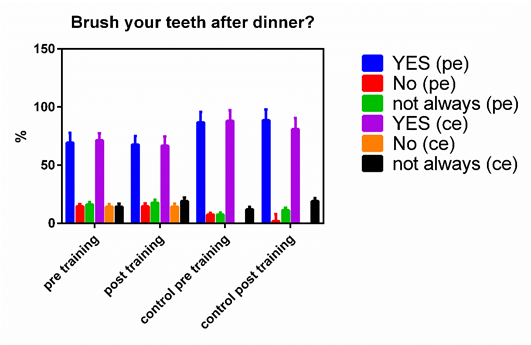
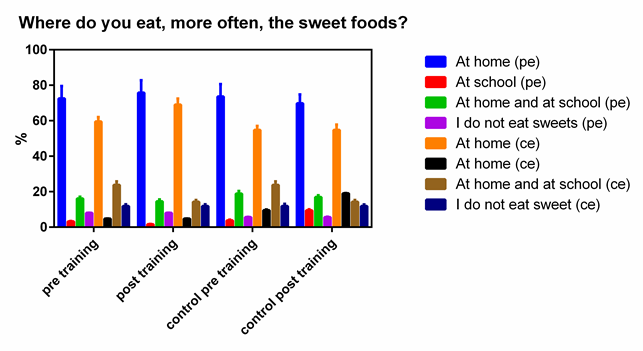
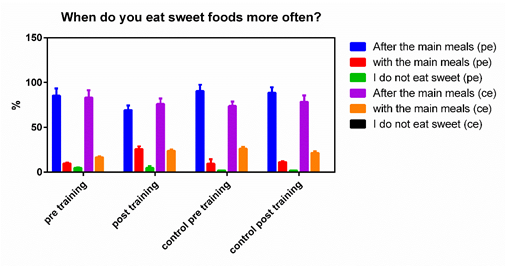
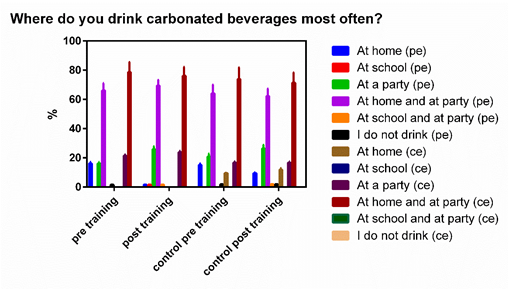
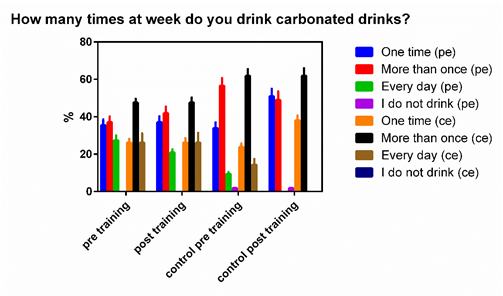
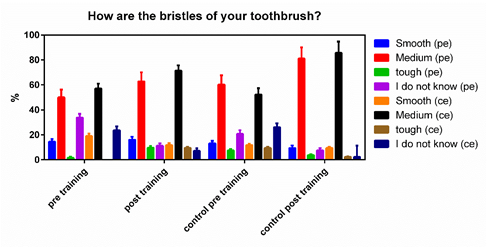
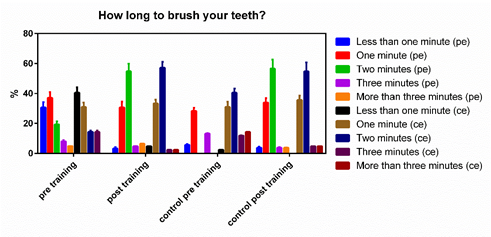
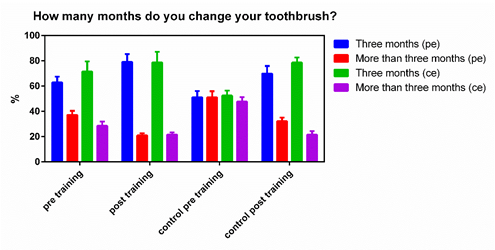
 Scientia Ricerca is licensed and content of this site is available under a Creative Commons Attribution 4.0 International License.
Scientia Ricerca is licensed and content of this site is available under a Creative Commons Attribution 4.0 International License.